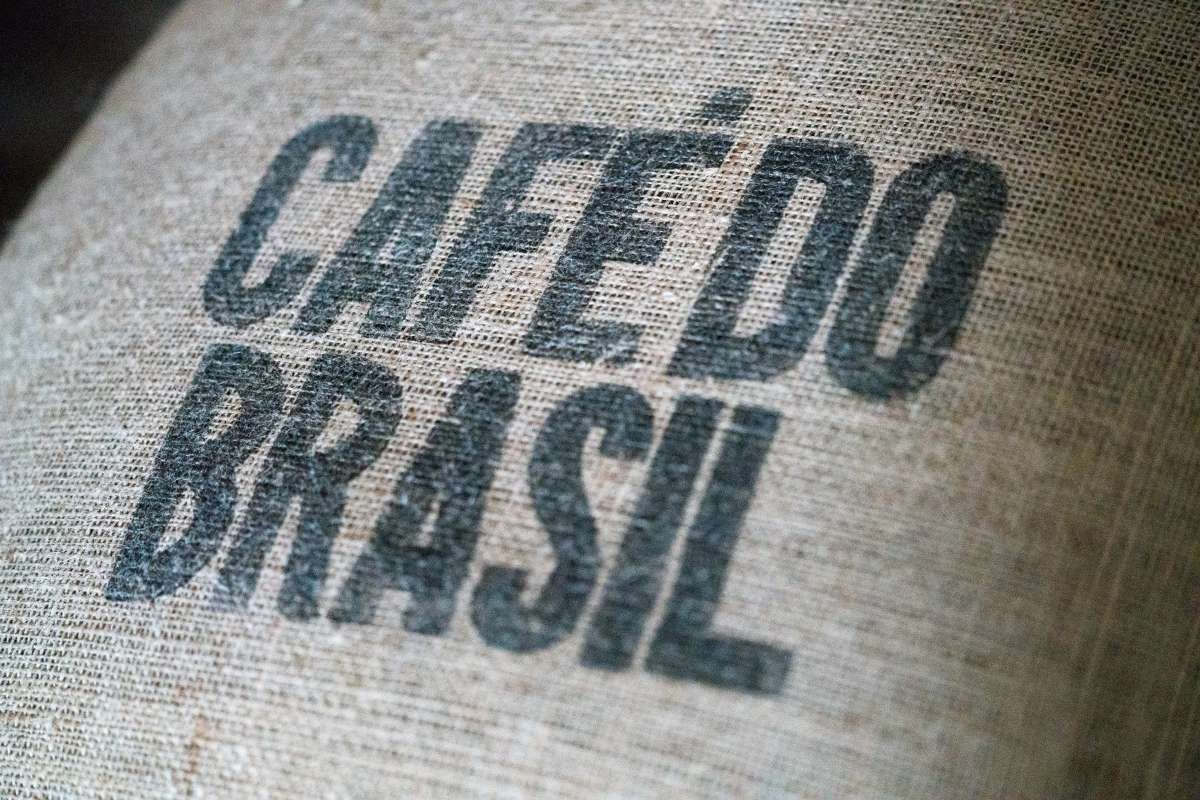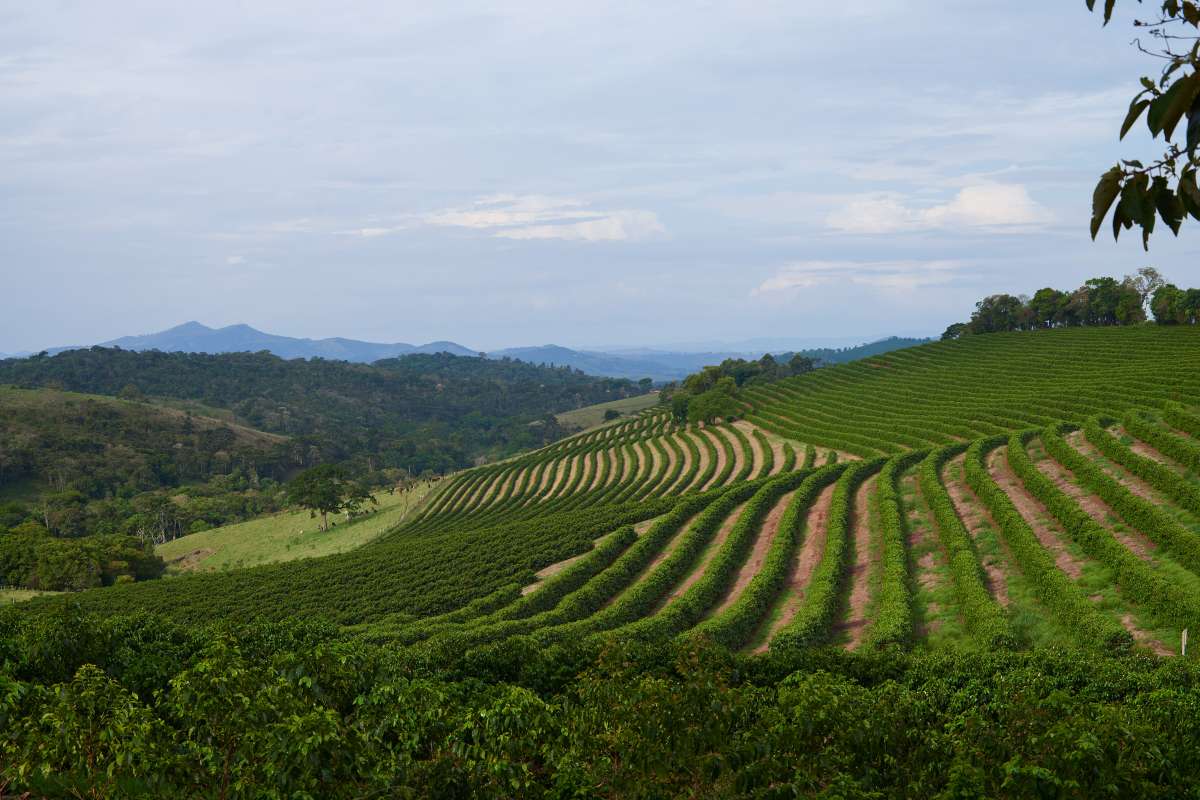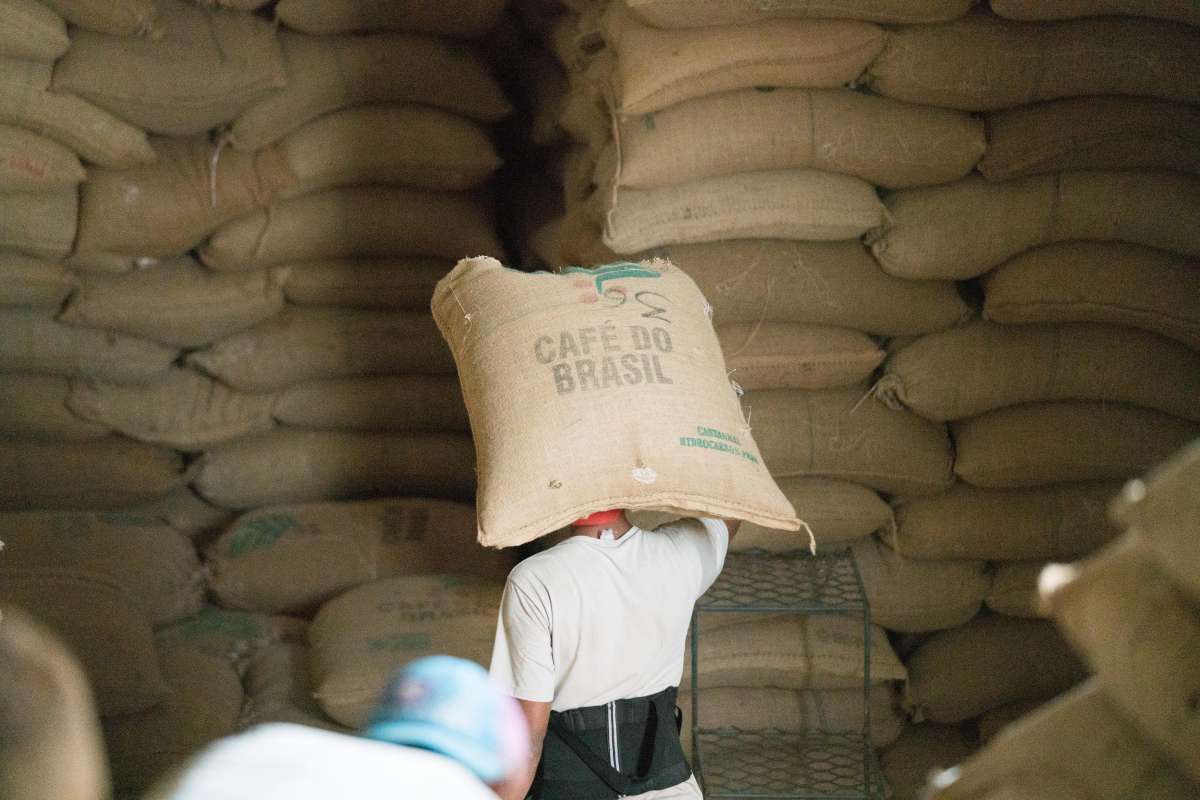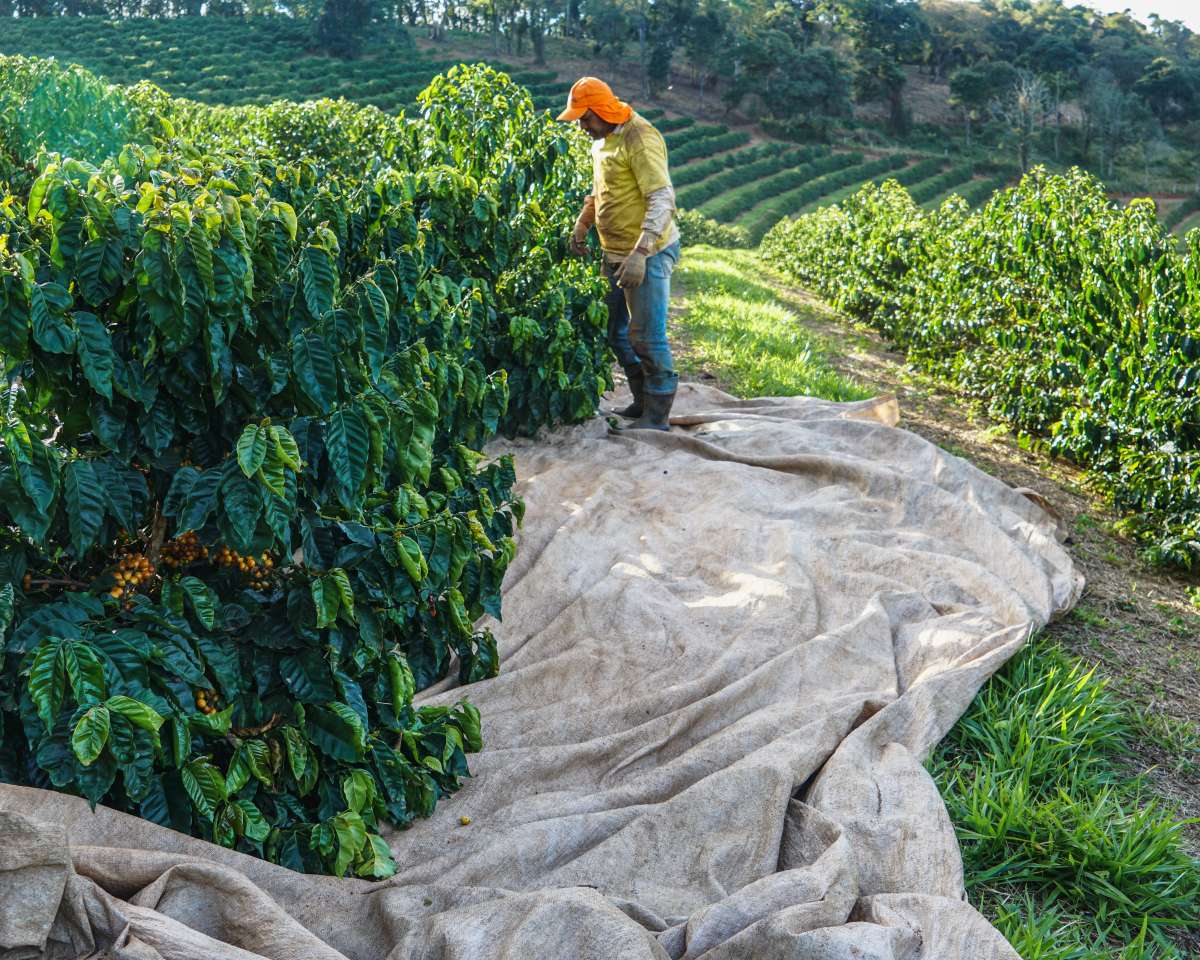brazil

Slide title
Write your caption hereButton
Slide title
Write your caption hereButton
Slide title
Write your caption hereButton
Slide title
Write your caption hereButton
Slide title
Write your caption hereButton
Slide title
Write your caption hereButton
Brazil's first coffee plants were reportedly brought in the early 18th century, spreading from the northern state of Pará in 1727 all the way down to Rio de Janerio within 50 years. Initially, coffee was grown almost exclusively for domestic consumption by European colonists. In the early-mid 19th century the demand for coffee began to increase in the United States and European continent.
The specific and innovative means of picking and processing coffee allows Brazil to sort the most ripe coffee beans cherry-by-cherry in the most highly efficient and organized manner possible. Brazil's’ post-harvest processing is also somewhat unique, and has been adapted largely in response to a combination of productivity, climate, and desired profile: Pulped Natural and Natural processing still dominates the industry here.
Pulped Natural coffees are depulped and allowed to dry with their mucilage still intact; while Naturals are typically either dried on the trees before harvesting (called Boya), or picked and laid out on patios in order to finish drying before being hulled lending to a nutty creaminess.
-
City skyline
Photo By: John DoeButton
CONTACT US
60 Brickerton Street
Columbus, MS 39701
Cafe: 662-328-5008
sip@southboundcoffee.com
Roastery: Click Here roasted@southboundcoffee.com
MENU
© 2024
All Rights Reserved | Southbound Coffee Company






